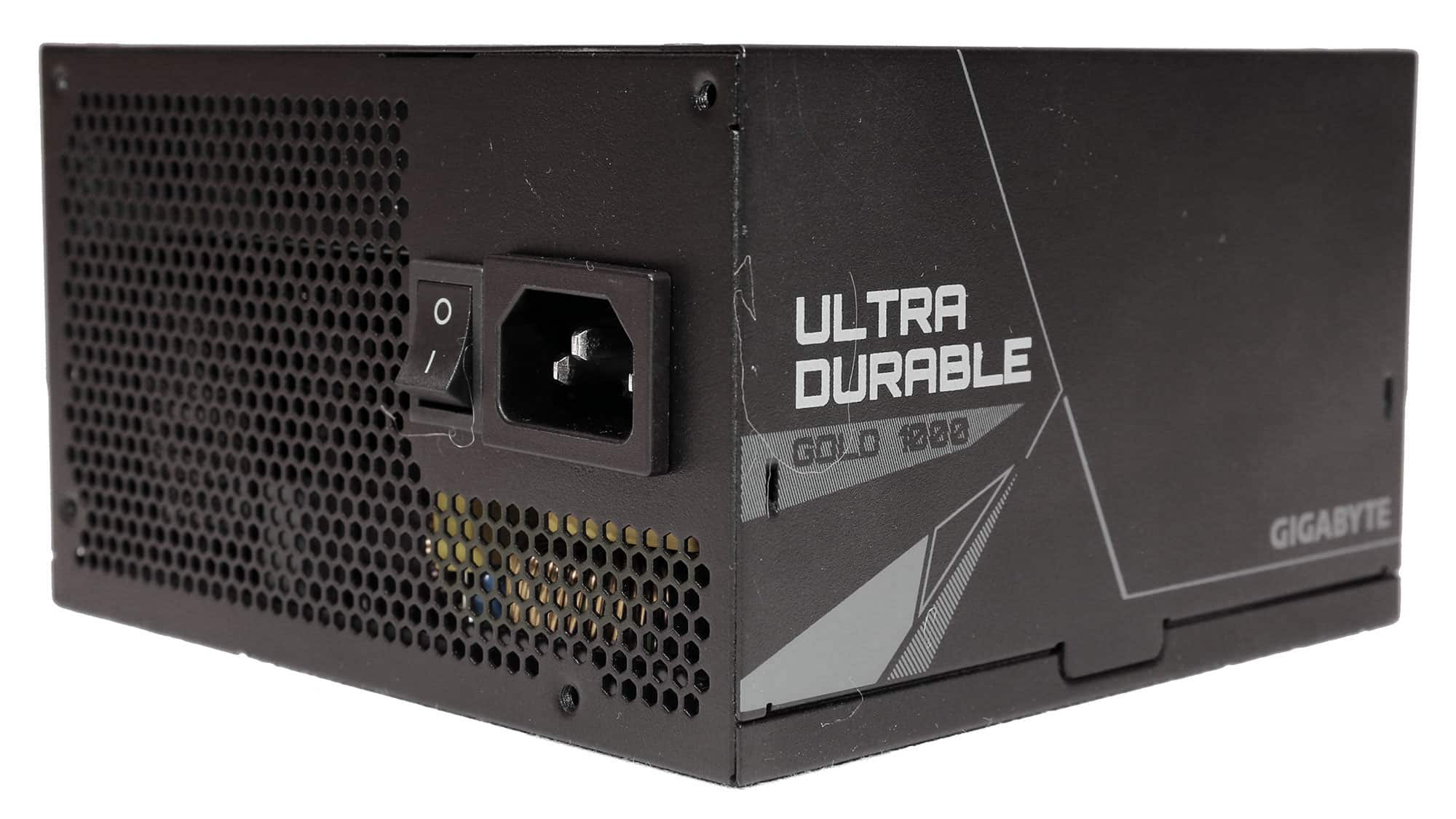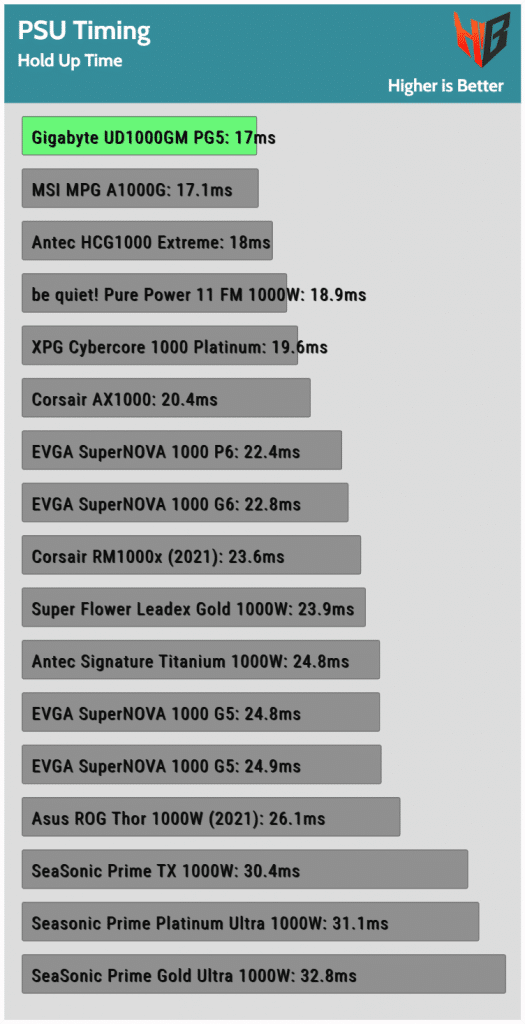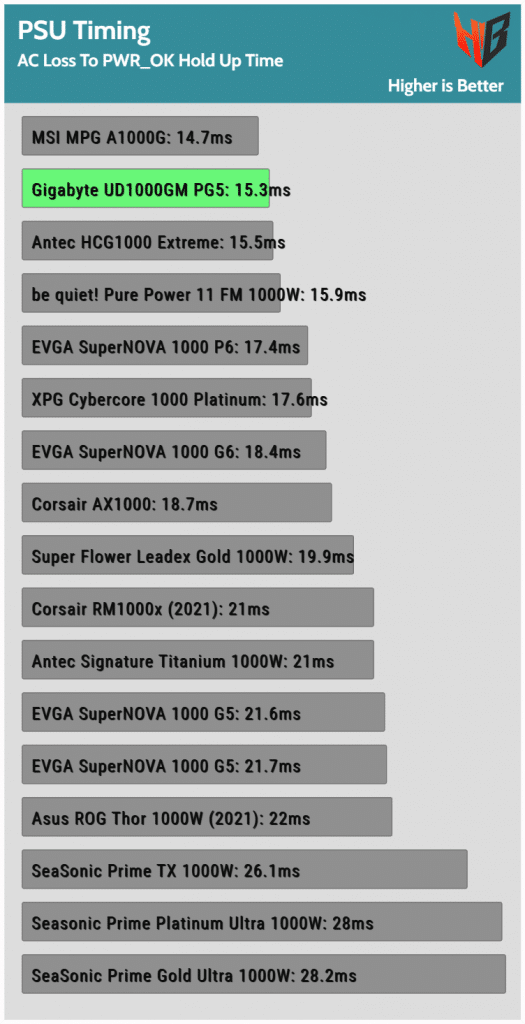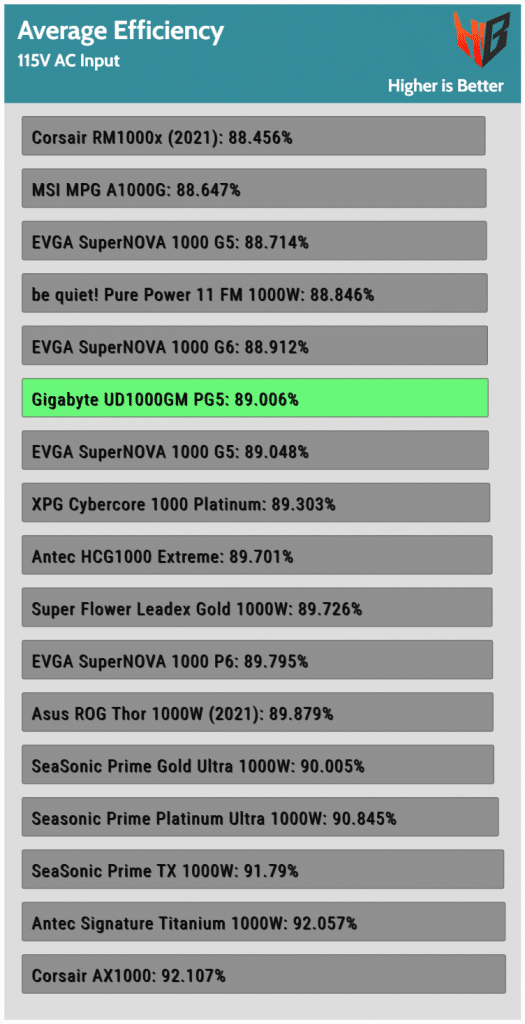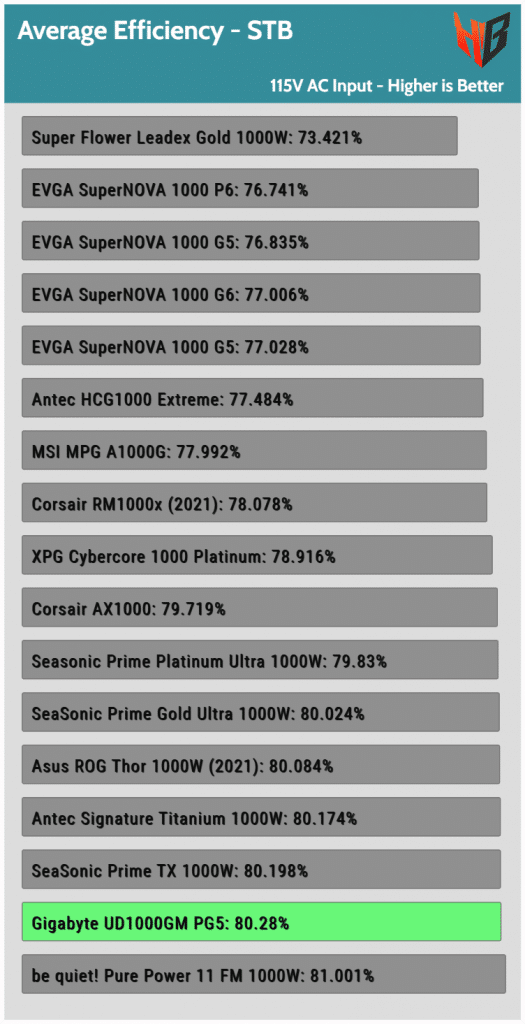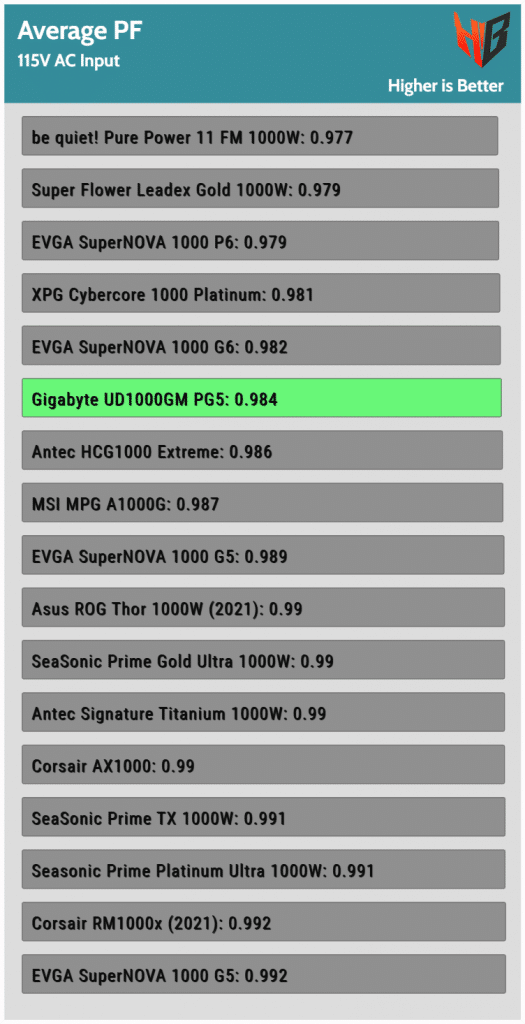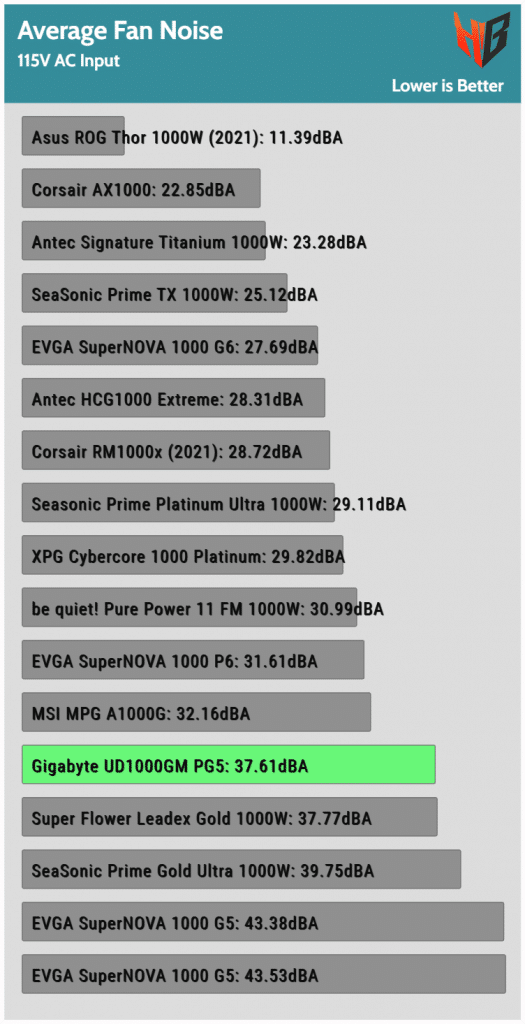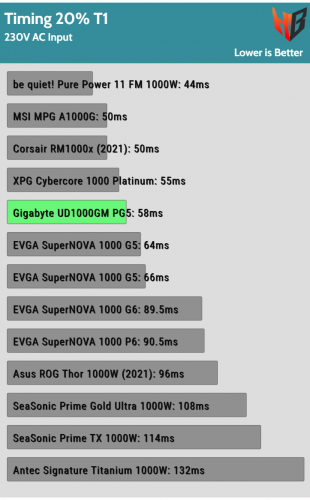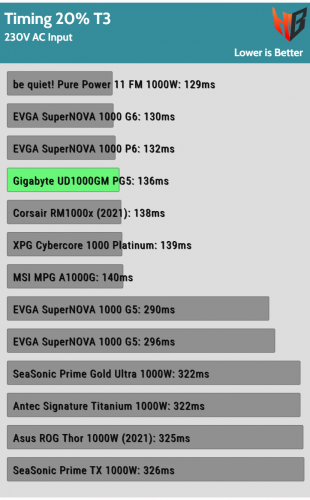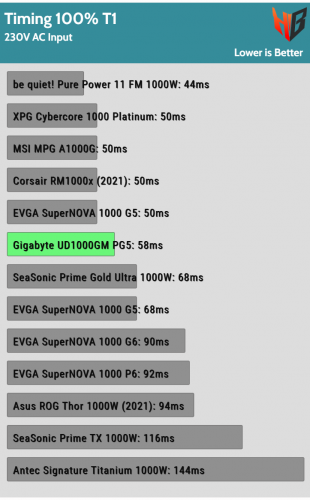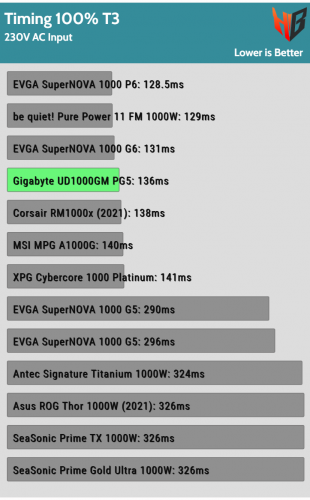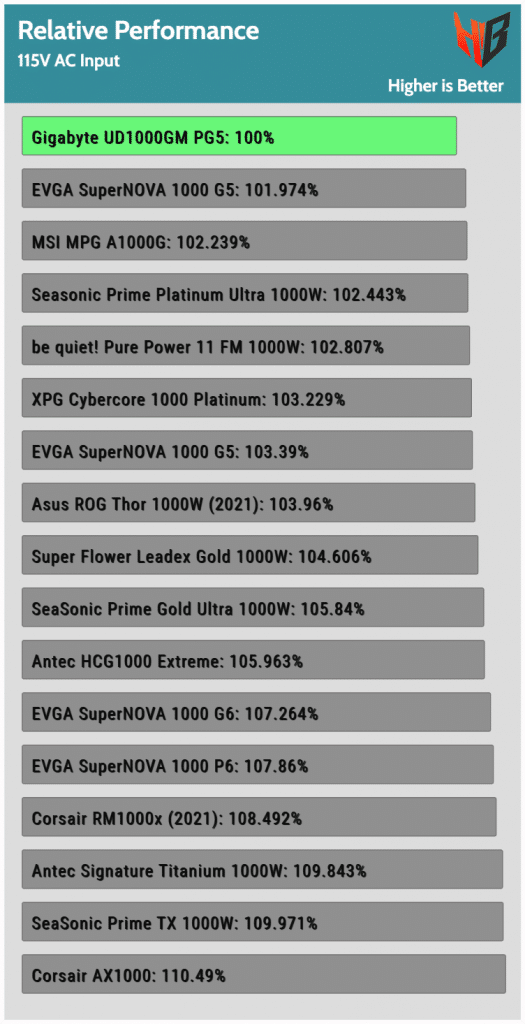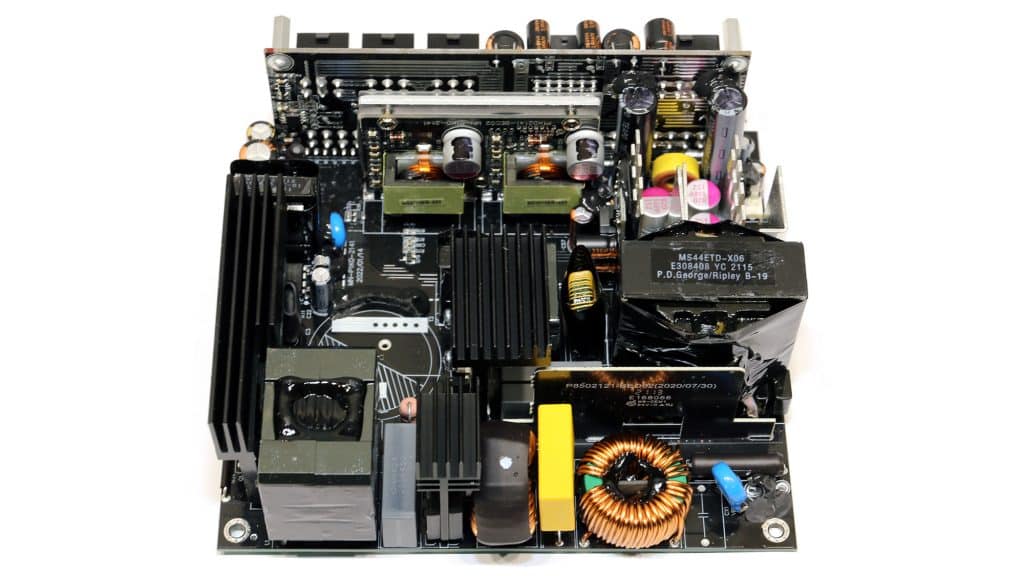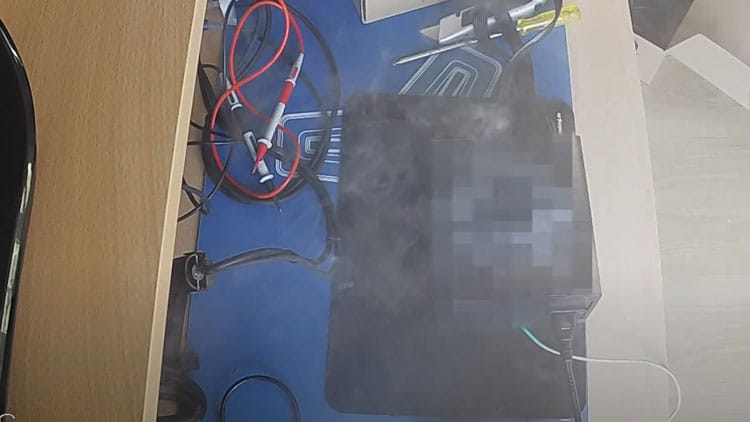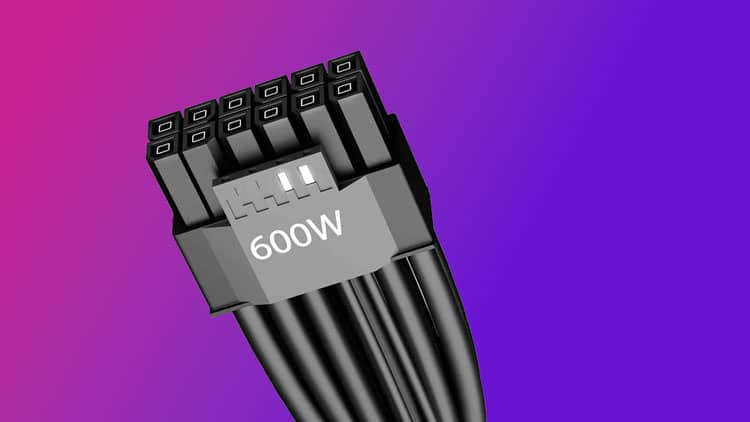I know that many of you are not fond of Gigabyte when it comes to PSUs, because of the P-GM fiasco. However, the fact is that GBT is trying hard to fix its name in the PSU market and that from time to time the members of the updated UD series are offered at low prices. To make an impression, GBT has the first to introduce a PCIe 5.0 compatible PSU, although for the moment the only graphics card requiring such a connector is the Nvidia 3090Ti, which is also shipped with an adapter for legacy PCIe 6+2 pin connectors.
Since this is my first PSU review on this site, I want to make some things clear first. I know for a fact that the majority of users don’t bother reading super long and highly detailed reviews, especially when they have as a main subject PSUs. So I will keep things super short, but I will provide a link to the Cybenetics report containing all information and there will be also my video at Hardware Busters International, where I share many details, too. In other words, I am tired of lengthy reviews and want to keep things simple, to make everything easier for the average user. Now if the need arises, I am ready of course to go full technical and write pages and pages.
Now that I addressed the elephant in the room, let’s get down to the most basic graphs which describe the full picture.
Specifications
- Manufacturer (OEM): MEIC
- Max Power: 1000W
- Efficiency: 80 PLUS Gold, Cybenetics Platinum
- Noise: Cybenetics Standard+ (35-40 dB[A])
- Form Factor: ATX12V v3.0 (on paper)
- Power 12V: 1000W
- Power 5V + 3.3v: 125W
- Power 5VSB: 15W
- Cooling: 120mm Fluid Dynamic Bearing Fan (KF1225H1H-AA)
- Modular Design: Yes (Fully)
- Connectors: 2x EPS, 4x PCIe 6+2 pin, 1x PCIe 12+4 pin
- Dimensions (W x H x D): 150 x 85 x 140mm
- Warranty: 10 years
- Cybenetics Report
Hold Up Time
Average Efficiency
Average Efficiency 5VSB
Average PF
Average Noise
Timings
Overall Performance
In terms of overall performance, the Gigabyte unit cannot touch the competition, so only a lower price can save its market career.
Epilogue
Gigabyte thought that by adding a PCIe 5.0 connector its product would be ATX 3.0 compatible, but things don’t work like that. It also has to pass the new and super-tough transient tests, and the unit failed to run the 180% and 160% tests. It only passed the 200% and 120% transient tests, which are not as tough as the aforementioned us, because the first is only applied for 100us while the second is below the unit’s over power protection, so it can handle it.
In general, this is a decent PSU and it also managed to survive all of my tests, without any fireworks. This is a good start I guess. But it needs more, to be a competing offering.
- Full power at 47 degrees Celsius
- Equipped with a 12+4 pin PCIe (12VHPWR) connector
- Most protection features are properly set
- Tight load regulation at 12V
- Decent ripple suppression
- Efficient
- Efficient 5VSB rail
- Low inrush current with 115V
- Good soldering quality
- Compatible with alternative low power modes
- Fully modular
- Rifle bearing fan
- Compact dimensions
- 10-year warranty
- Increased noise output
- Overall performance needs boosting
- Low quality (Lelon) caps on the secondary side
- There is no bypass relay supporting the NTC thermistor
- Not tight load regulation on the minor rails
- Didn’t pass the 180% and 160% transient tests (ATX12V v3.0)
- High inrush current with 230V
- Lower than 16ms power ok signal
- Above 0.1W vampire power
- No option to toggle off the semi-passive operation
- Small distance between 4-pin Molex connectors
- Two EPS connectors on the same cable
